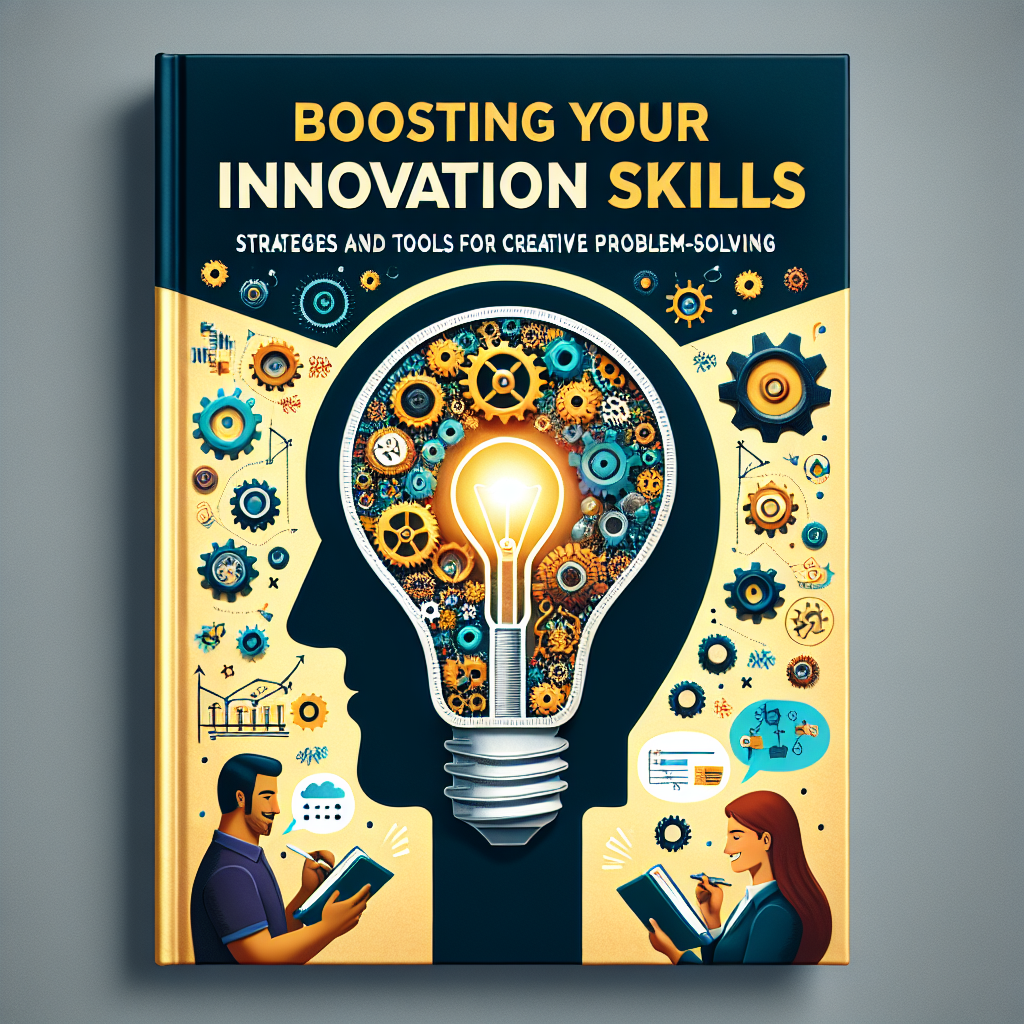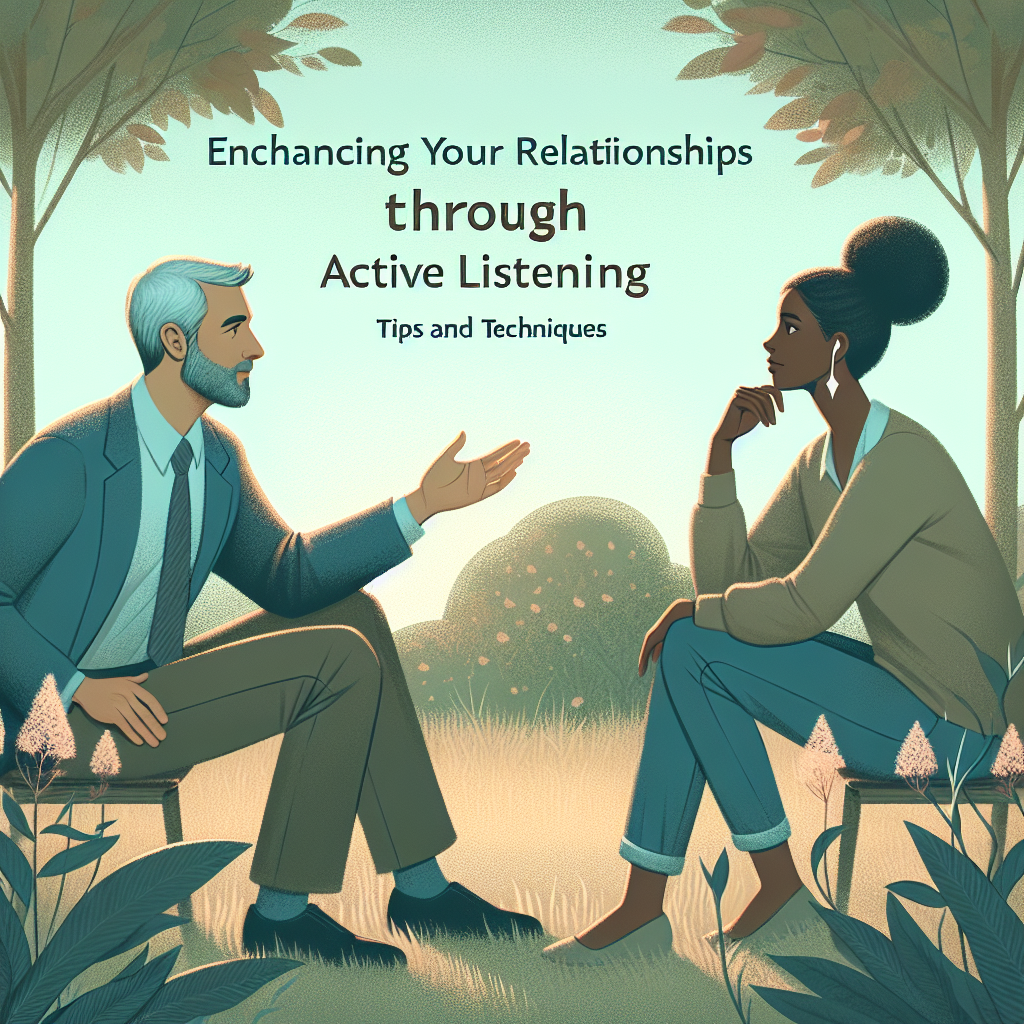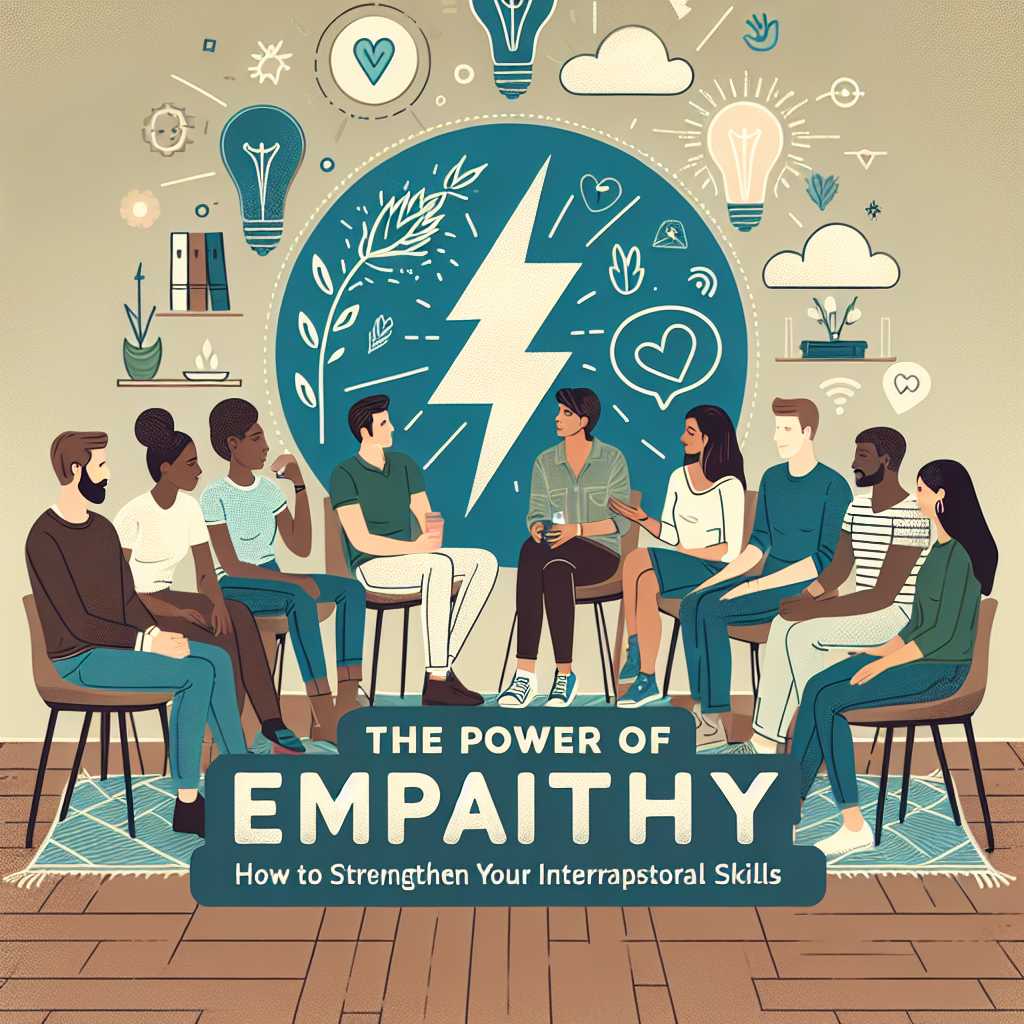In today’s fast-paced and constantly evolving world, the ability to innovate and think creatively is more important than ever before. Whether you are an entrepreneur looking to grow your business, a student trying to excel in your studies, or a professional seeking to advance your career, developing strong innovation skills can help you stand out from the crowd and achieve your goals.
Innovation is not just about coming up with new ideas; it is about solving problems in new and creative ways. It is about thinking outside the box, challenging the status quo, and pushing boundaries to create solutions that are truly revolutionary. In this article, we will explore some strategies and tools that can help you boost your innovation skills and become a more effective problem solver.
1. Cultivate a Growth Mindset:
One of the key ingredients to fostering innovation is to cultivate a growth mindset. A growth mindset is the belief that you can learn and develop your skills through effort and perseverance. People with a growth mindset are more willing to take risks, embrace failure as a learning opportunity, and persist in the face of obstacles. By adopting a growth mindset, you can open yourself up to new possibilities and approach problems with a sense of curiosity and optimism.
2. Develop Your Creative Confidence:
Creative confidence is the belief in your ability to come up with innovative ideas and bring them to life. It is about trusting your instincts, taking creative risks, and being comfortable with ambiguity and uncertainty. To build your creative confidence, practice expressing your ideas without fear of judgment, seek out feedback from others, and embrace experimentation and iteration. By developing your creative confidence, you can unleash your full creative potential and tackle challenges with confidence and enthusiasm.
3. Embrace Diversity and Collaboration:
Innovation thrives on diversity and collaboration. By engaging with people from different backgrounds, perspectives, and experiences, you can gain fresh insights, spark new ideas, and generate innovative solutions. Collaborating with others allows you to leverage the collective intelligence and creativity of a group, leading to more robust and effective solutions. Be open to working with diverse teams, seeking out input from others, and embracing a spirit of co-creation and collaboration.
4. Practice Design Thinking:
Design thinking is a problem-solving approach that emphasizes empathy, creativity, and iteration. It involves identifying and understanding the needs and desires of the end-users, generating a wide range of possible solutions, and testing and refining those solutions through rapid prototyping and iteration. By practicing design thinking, you can develop a deep understanding of the problems you are trying to solve, generate innovative solutions that are tuned to the needs of the users, and iterate and refine your ideas based on feedback and testing.
5. Use Creativity Tools and Techniques:
There are a variety of tools and techniques that can help boost your creativity and innovation skills. Brainstorming, mind mapping, SCAMPER (Substitute, Combine, Adapt, Modify, Put to Other Uses, Eliminate, Reverse), and Six Thinking Hats are just a few examples of popular creativity tools that can help you generate new ideas, explore different perspectives, and challenge your assumptions. Experiment with different tools and techniques to find the ones that work best for you and your particular problem-solving challenges.
FAQs:
Q: How can I overcome creative blocks and writer’s block?
A: Creative blocks and writer’s block are common challenges that can impede your ability to generate new ideas and solve problems. To overcome these blocks, try taking a break and stepping away from the problem for a while, engaging in activities that inspire and energize you, setting smaller, more manageable goals, and seeking out feedback and input from others. Remember that creative blocks are temporary and that by persisting and experimenting with different approaches, you can overcome them and unlock your creativity.
Q: How can I foster a culture of innovation in my organization?
A: Fostering a culture of innovation in your organization requires a combination of leadership, structure, and processes. Encourage openness, collaboration, and experimentation, celebrate and reward risk-taking and creativity, provide opportunities for professional development and growth, and create a safe space for employees to share ideas and take risks. By cultivating a culture of innovation, you can empower your employees to think creatively, solve problems effectively, and drive positive change within the organization.
Q: What are some common barriers to innovation and how can they be overcome?
A: Some common barriers to innovation include fear of failure, resistance to change, lack of resources or support, and a focus on short-term results. To overcome these barriers, cultivate a growth mindset, embrace failure as a learning opportunity, seek out feedback and support from others, and focus on long-term goals and outcomes. By addressing these barriers head-on and adopting a proactive and open-minded approach to problem-solving, you can overcome obstacles and drive innovation within your organization.
In conclusion, boosting your innovation skills is essential for success in today’s competitive and rapidly changing world. By cultivating a growth mindset, developing your creative confidence, embracing diversity and collaboration, practicing design thinking, and using creativity tools and techniques, you can become a more effective problem solver and innovator. Remember to embrace challenges, take risks, and approach problems with a sense of curiosity and openness. By harnessing your creativity and unleashing your full innovation potential, you can achieve your goals, make a positive impact, and drive positive change in your personal and professional life.





Leave A Comment